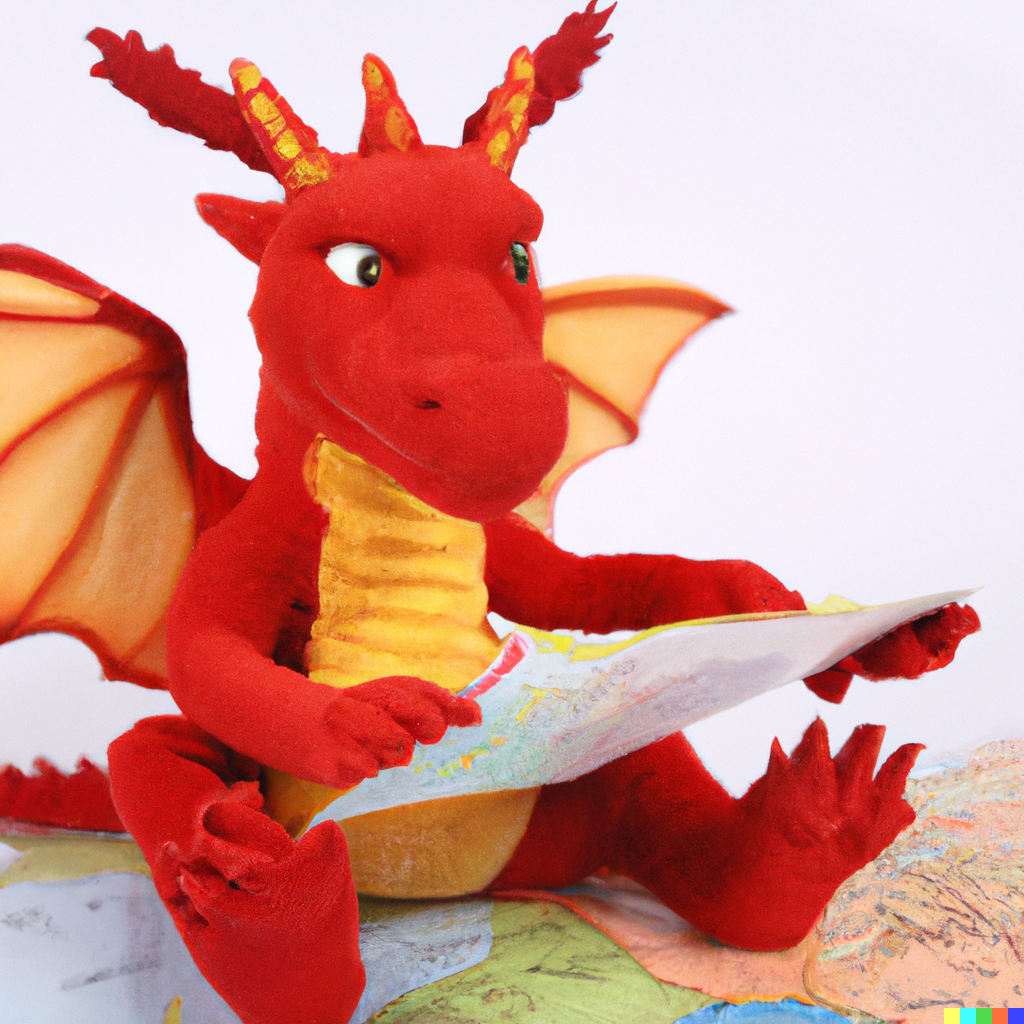Swansea Council press release
Swansea soaks up burst of wildflower colour this summer CITY communities are enjoying a blaze of colour this summer thanks to the council’s popular wildflower planting scheme.
Over the past few years the council has attracted pollinating insects to its roadside verges, roundabouts, parks and rough ground by allowing the grass to grow long in selected locations, which allows wildflowers to bloom, and by seeding formal beds with a colourful mix of flowers. And now it’s going one step further by introducing native wildflowers at a dozen locations around the city which will continue to bloom year after year. Seeds specially selected from the National Botanic Garden of Wales’ beautiful wildflower meadows in Carmarthenshire have been planted this autumn and winter ready for this summer and for years to come. The initiative is on top of the annual flower planting season which has kicked off at around 190 places around Swansea that are due to rise in a blaze of colour over the coming weeks.T he move are part of the council’s commitment to tackling climate change and biodiversity loss by promoting plant and insect life which includes new ways of cutting grass that is promoting pollinators and environmentally-healthy parks and verges. Andrew Stevens, Cabinet Member for Environment and Infrastructure, said the council is at the forefront of trying out new ways to promote wildflowers and biodiversity across city communities. He said: “We’re working alongside our nature conservation team and other organisations to create new havens for insects and native wildflowers because that’s what people have been asking us to do.””People really love the bright and cheerful wildflower initiative, but some want to see more native varieties introduced. While they aren’t as colourful as other types of wildflowers, native species largely look after themselves. “They’re low maintenance, re-grow year after year and support native insect-life as well. That’s why we’re experimenting at locations including on Carmarthen Road, Oystermouth Road, Swansea Enterprise Zone, the Vetch as well as in more rural locations like Pennard.””We’re getting our seeds from the national botanical gardens because then we know they’re Welsh seeds grown in Wales.”The wildflower projects build on the success of the council’s ‘cut and collect’ grass cutting programme in parks, roadside verges and elsewhere that also promotes biodiversity in our communities.
Cllr Stevens said: “Our new approach to grass cutting is in addition to what we’re already doing and is the best of both worlds because it encourages the maintenance of species-rich vegetation in parks and verges. It also slows down rainwater, helping with flood defence and capturing pollutants from the air.”But the best thing about it is that we cut the grass twice in the season at specific times so that flowers can complete their lifecycles and naturally distribute seed ready for the next time.”This cutting less and cutting later approach to grassy areas replenish the seed bank, restores floral diversity, and provides pollinator habitat across the county.”The Welsh Government has supported the scheme with grant funding for specialist cutting equipment and new machinery. It cuts and collects grass while at the same time carefully removing other dead vegetation to allow air and rain to get to the soil so that seeds have room to germinate.
Further reading:
https://www.swansea.gov.uk/cutandcollect
https://www.swansea.gov.uk/wildflowers





